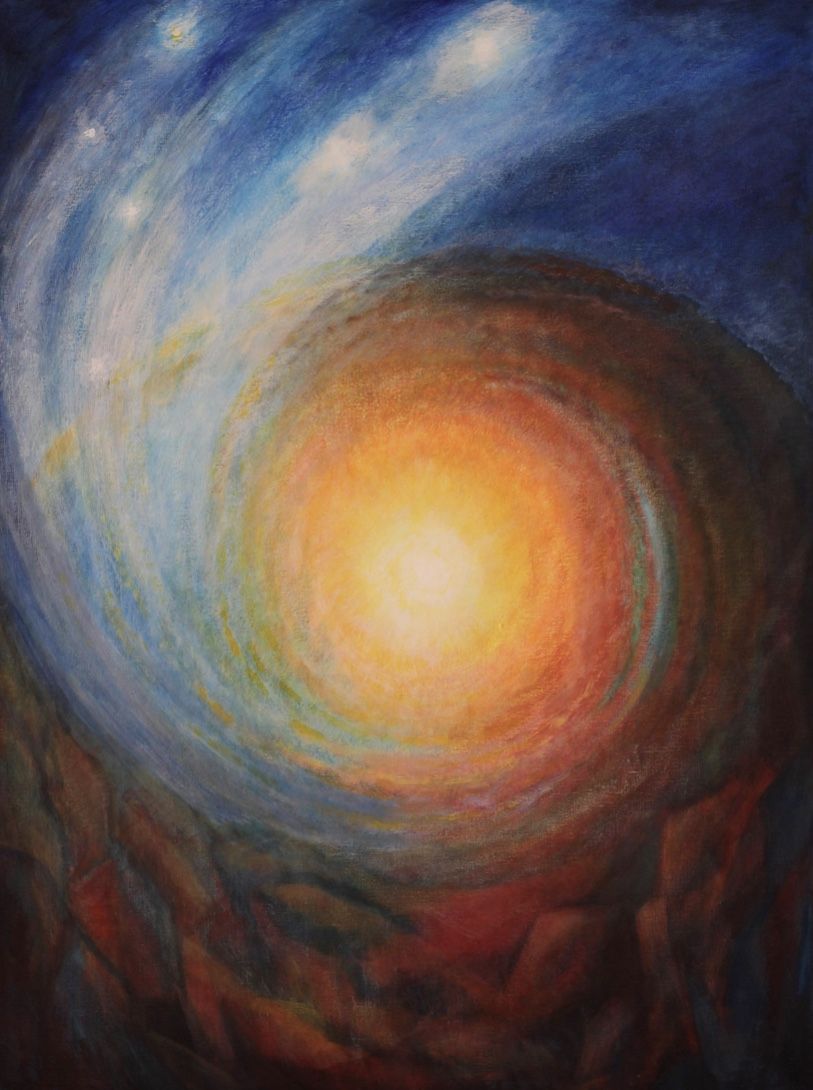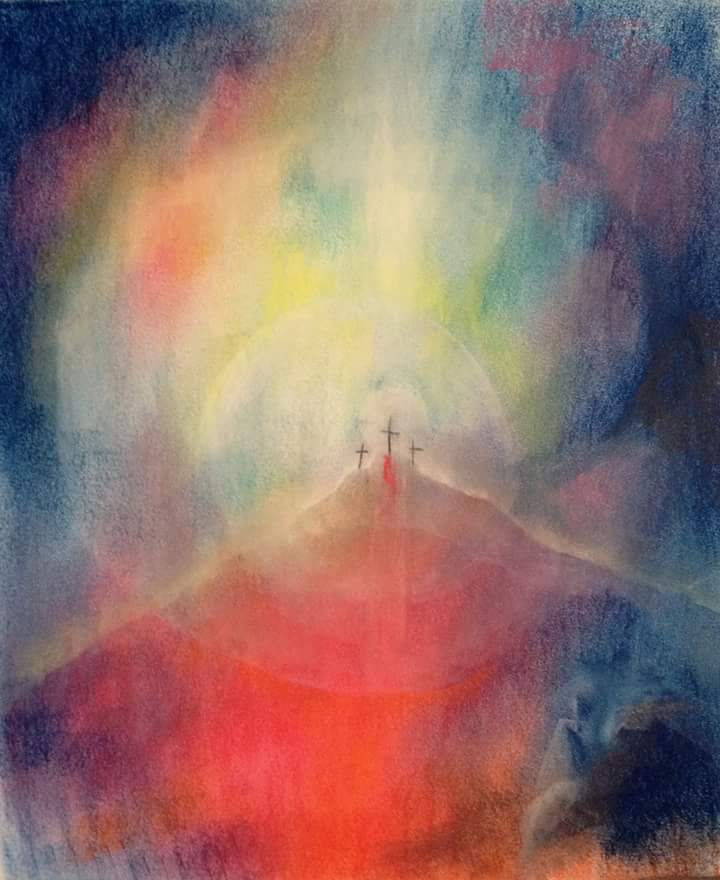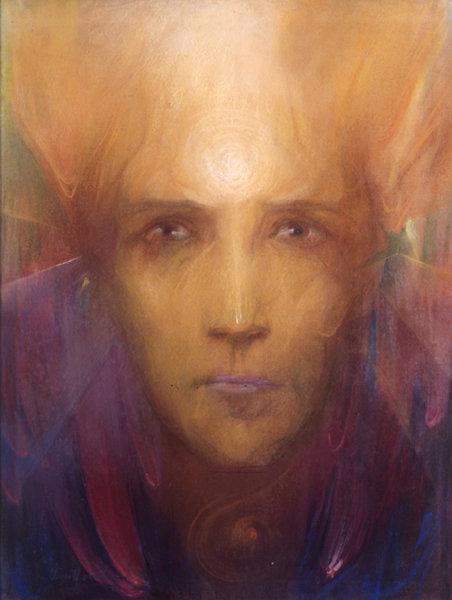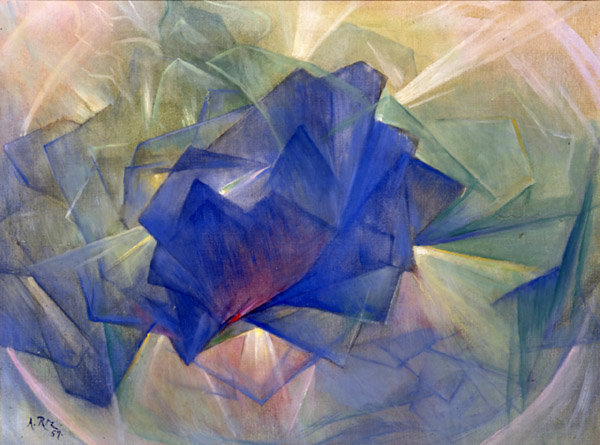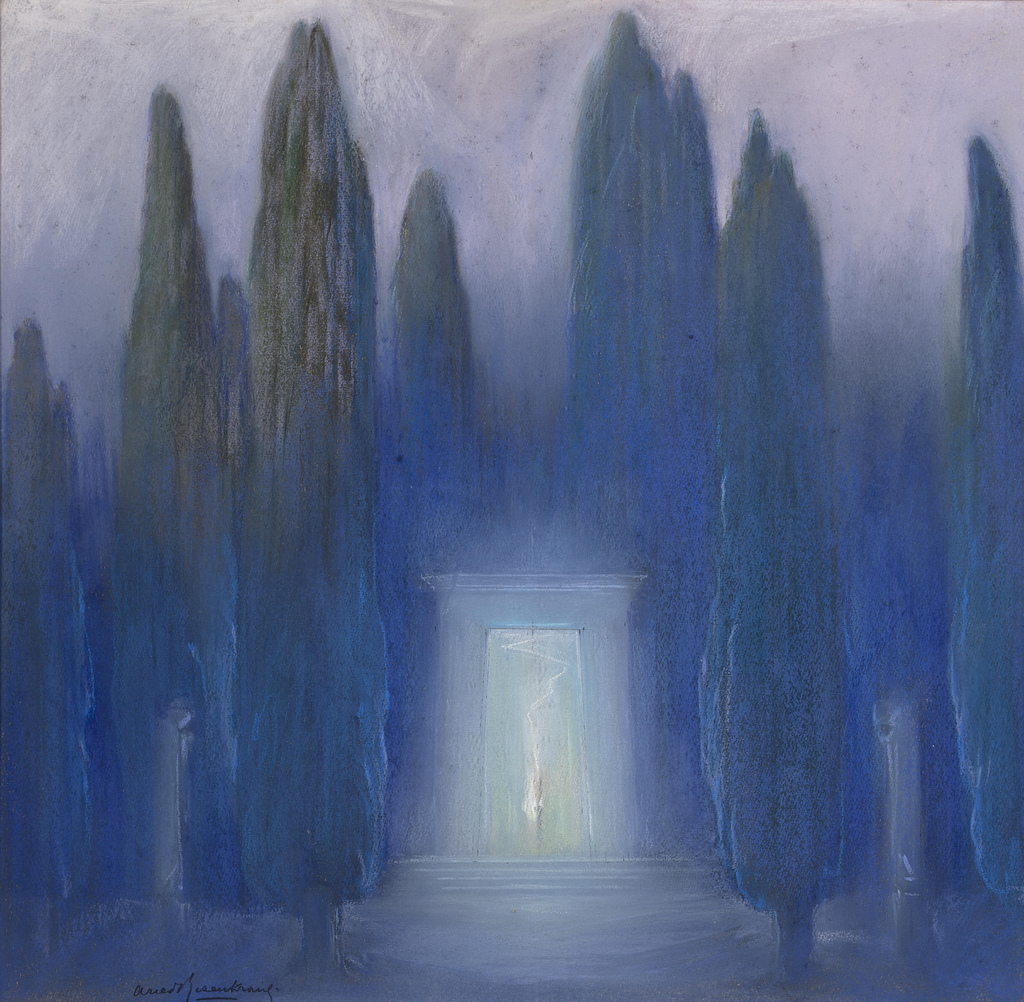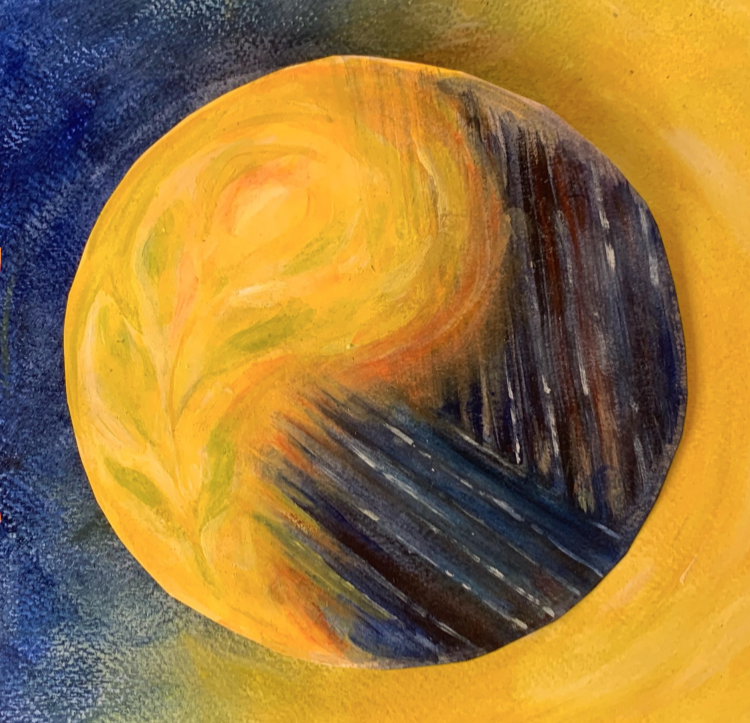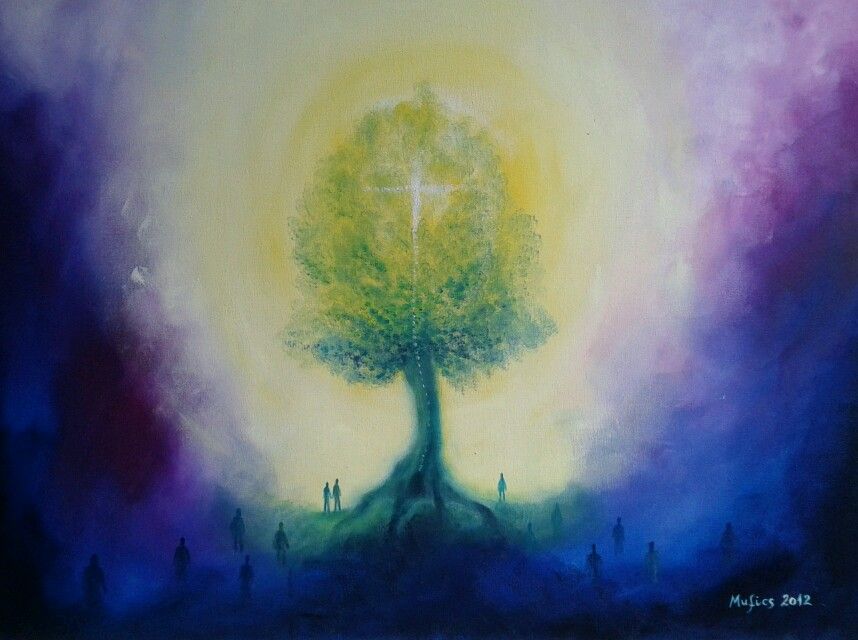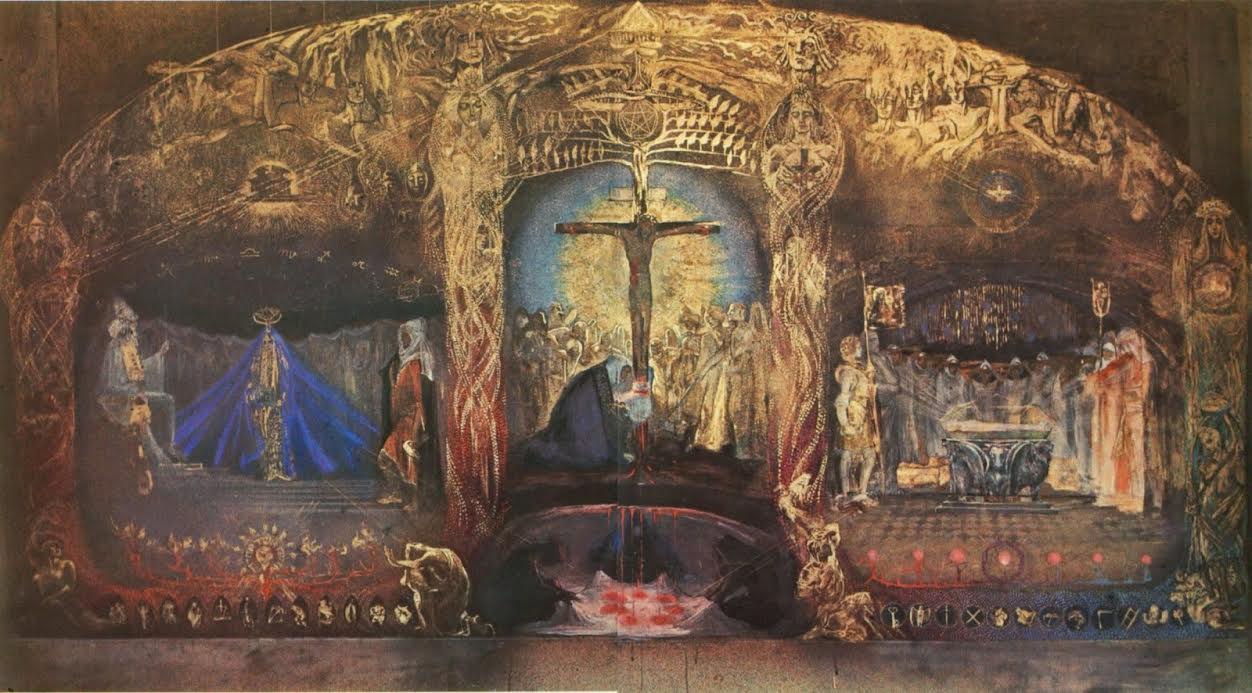Click image to open full-size in a new window.
Arild Rosenkrantz
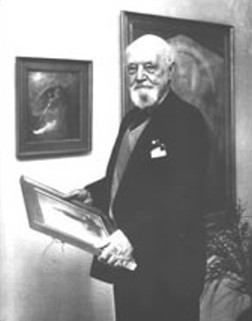
A "spiritual" artist, Rosenkrantz joined the Anthroposophic Society , founded by the philosopher Rudolf Steiner , whom he met personally in 1912. From Steiner's philosophy he notably retains the idea of ??using the colors of the light spectrum to reach spiritual and invisible reality beyond material reality. Steiner and Goethe's color theory will definitely influence the artist and his way of using colors.
In 1914, he joined the work of decorating the first Goetheanum in Dornach. There, under the aegis of Steiner, he worked in collaboration with other artists on the decoration of two domes.
In 1923, Rosenkrantz re-launched his first series of the Seven Seals of the Apocalypse , 7 pastels over 70 cm in diameter inspired by the thought of Steiner and his work Occult Seals and Columns (1907), a black and white edition of which is published in 1924, including black and white reproductions of the artist's works.
Rosenkrantz returned to London after Steiner's death in 1925. There, he responded to various commissions for anthroposophic theaters : costume design, creation of stage sets and room furnishings. He also teaches and organizes exhibitions every year.
In the fall of 1939, the artist left with his wife for Copenhagen, where an anniversary exhibition was to take place for her 70th birthday. The German invasion prevented them from returning to England and the couple were welcomed at Rosenholm Castle in Jutland, the Rosenkrantz family home since the mid-16th century. His wife died in 1944 and Arlid refused to return to London alone. He therefore settled permanently in Denmark and continued his career. For 20 years, he continued to create, exhibit, teach, and died on September 28, 1964 .
Rosenholm Castle (the site where we learn that the castle is triple haunted) today preserves an important collection of the artist's works, also widely represented in the public and private collections of Great Britain.

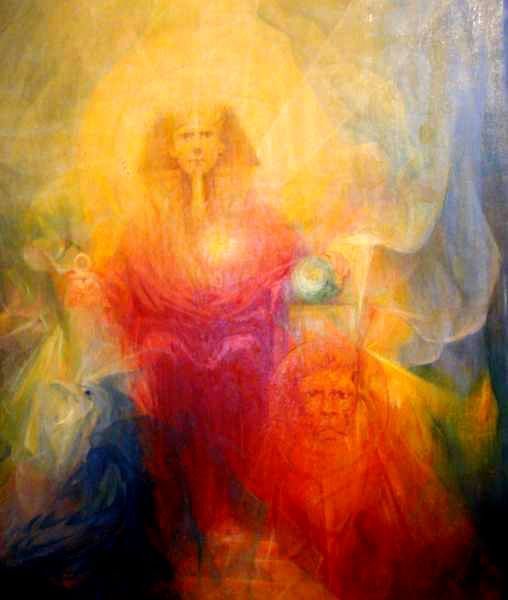
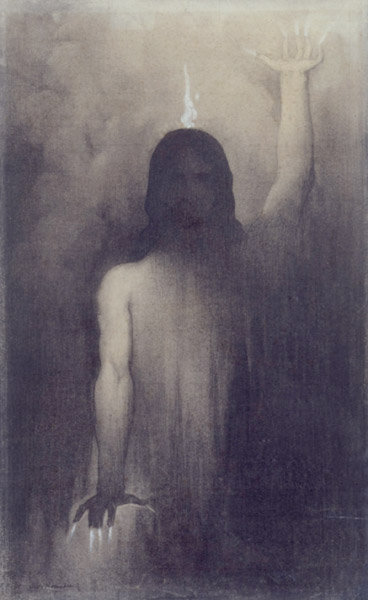


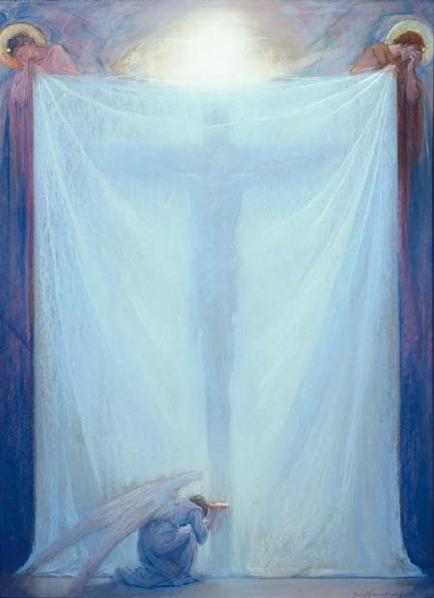
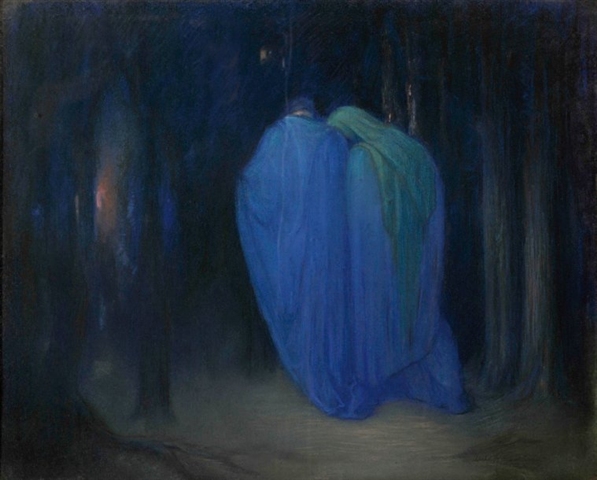
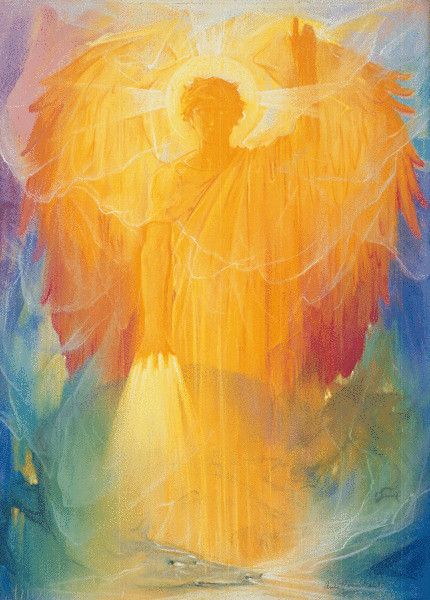


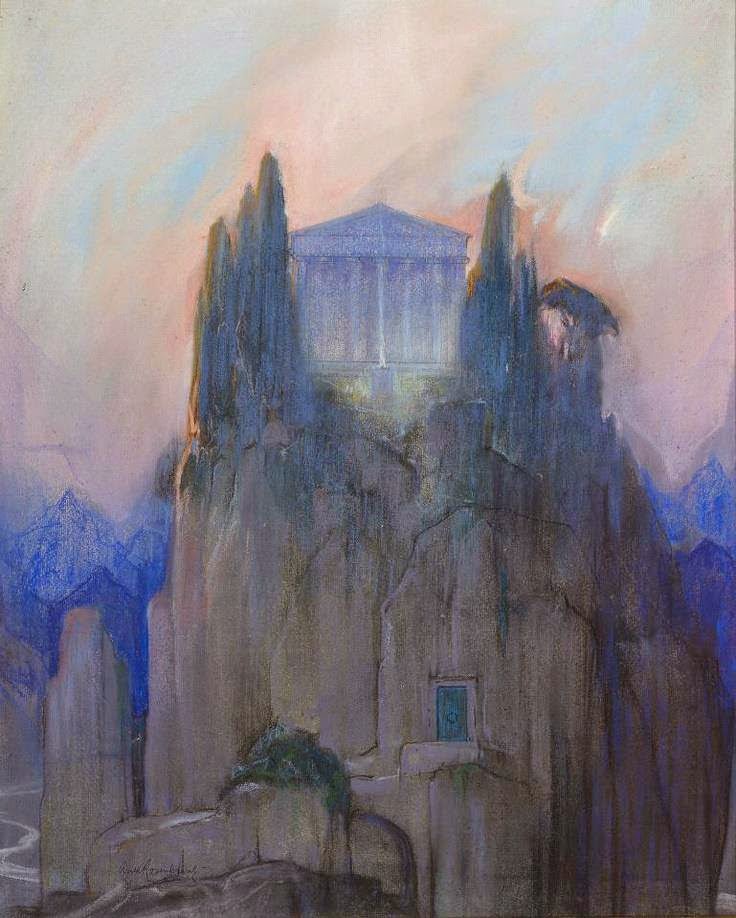

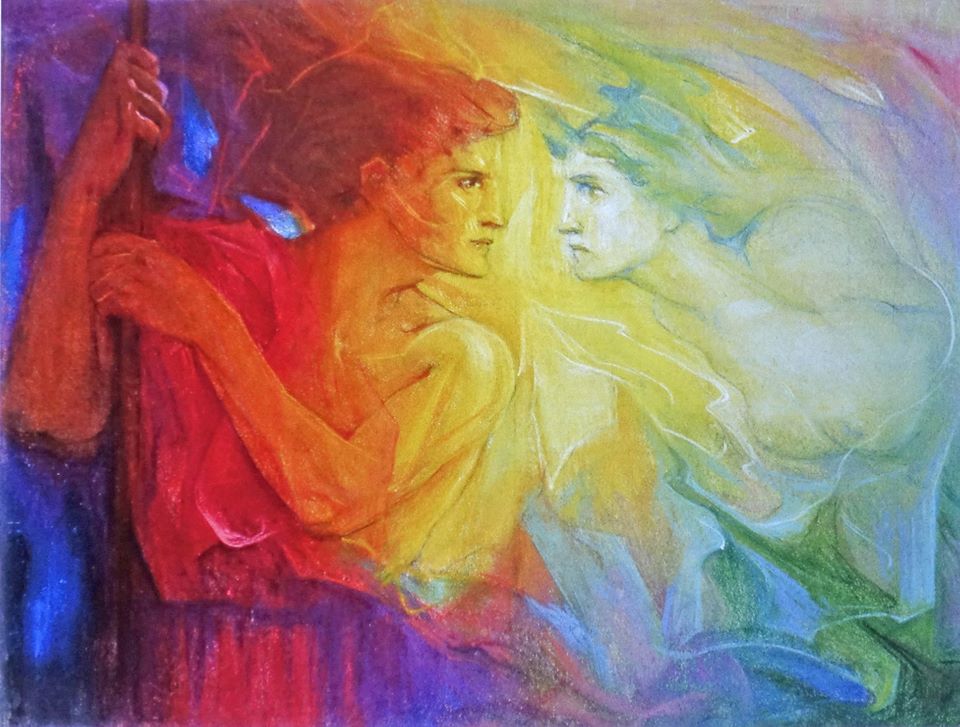
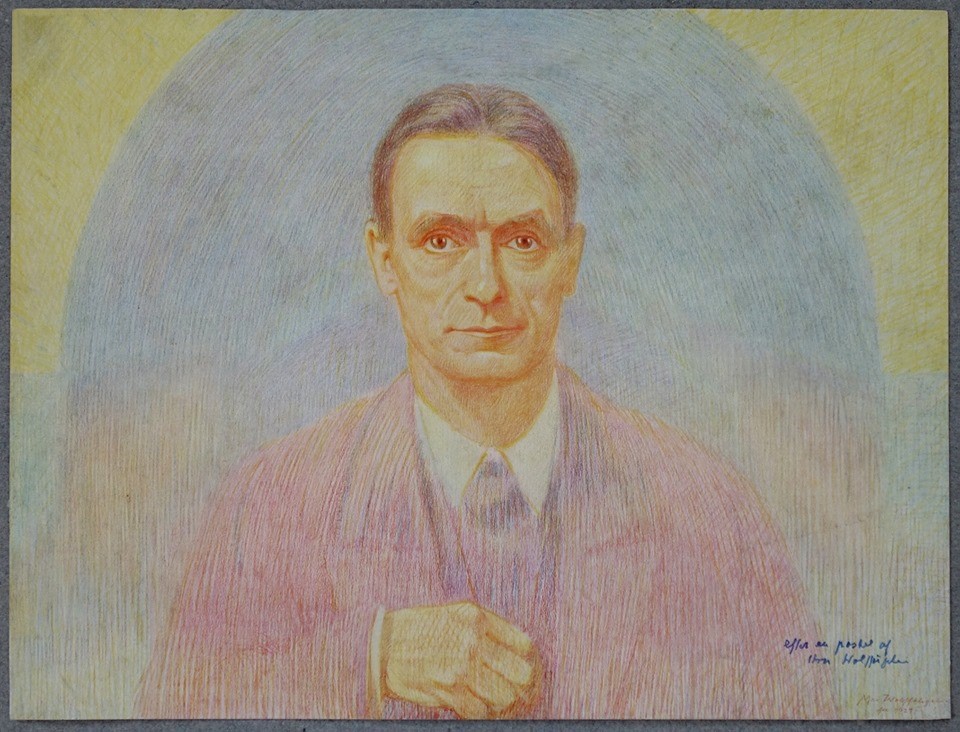
Liane Collot dHerbois
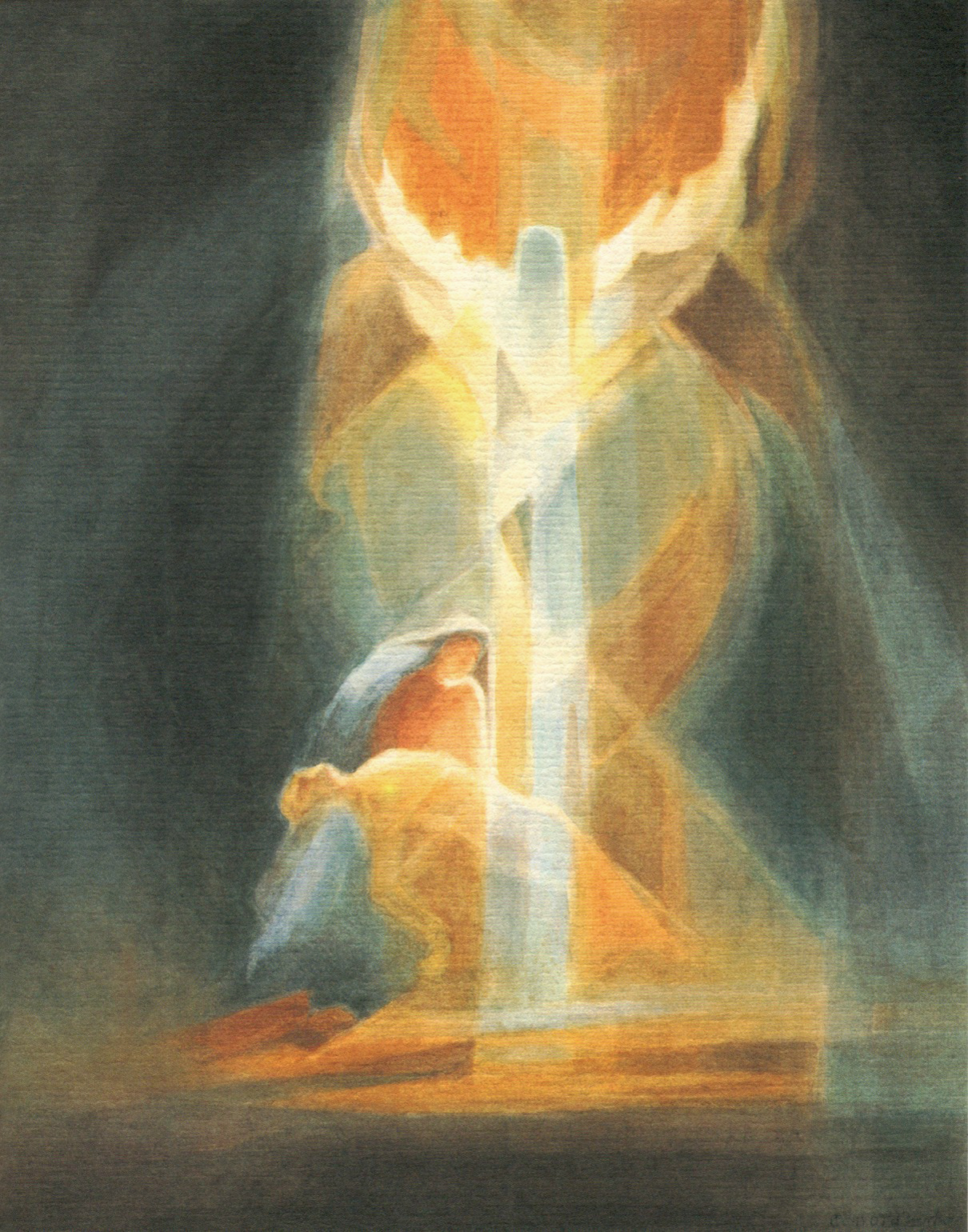
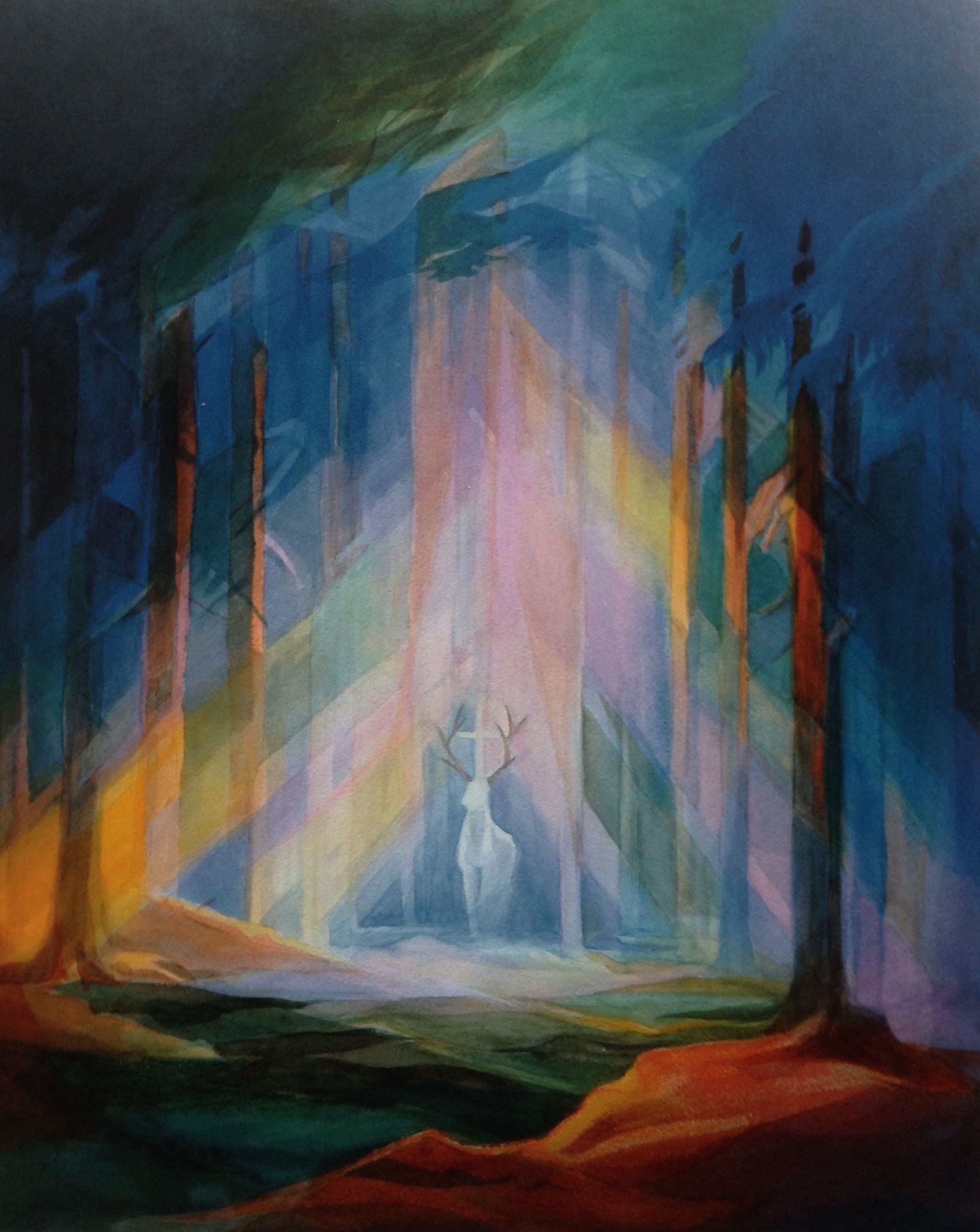
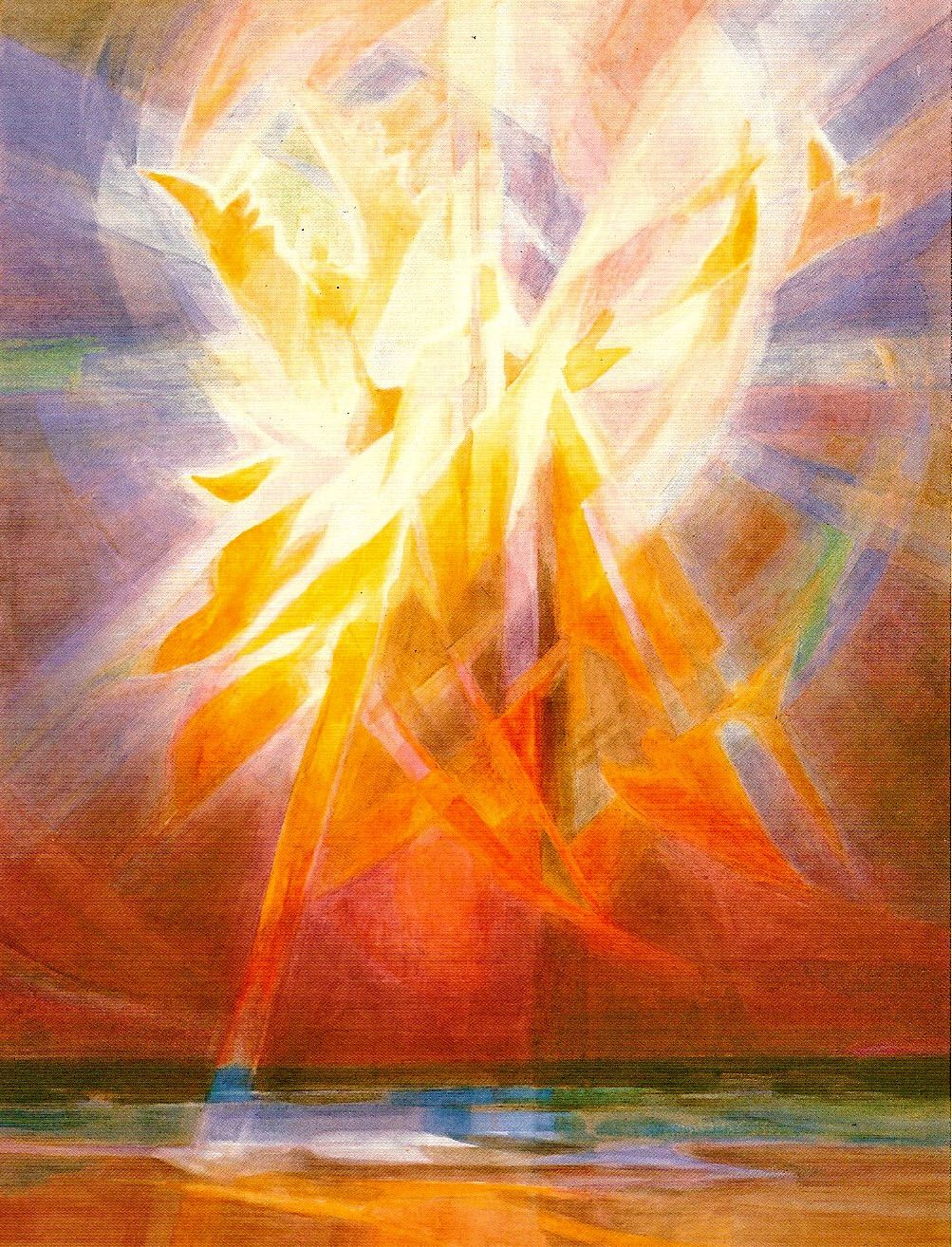
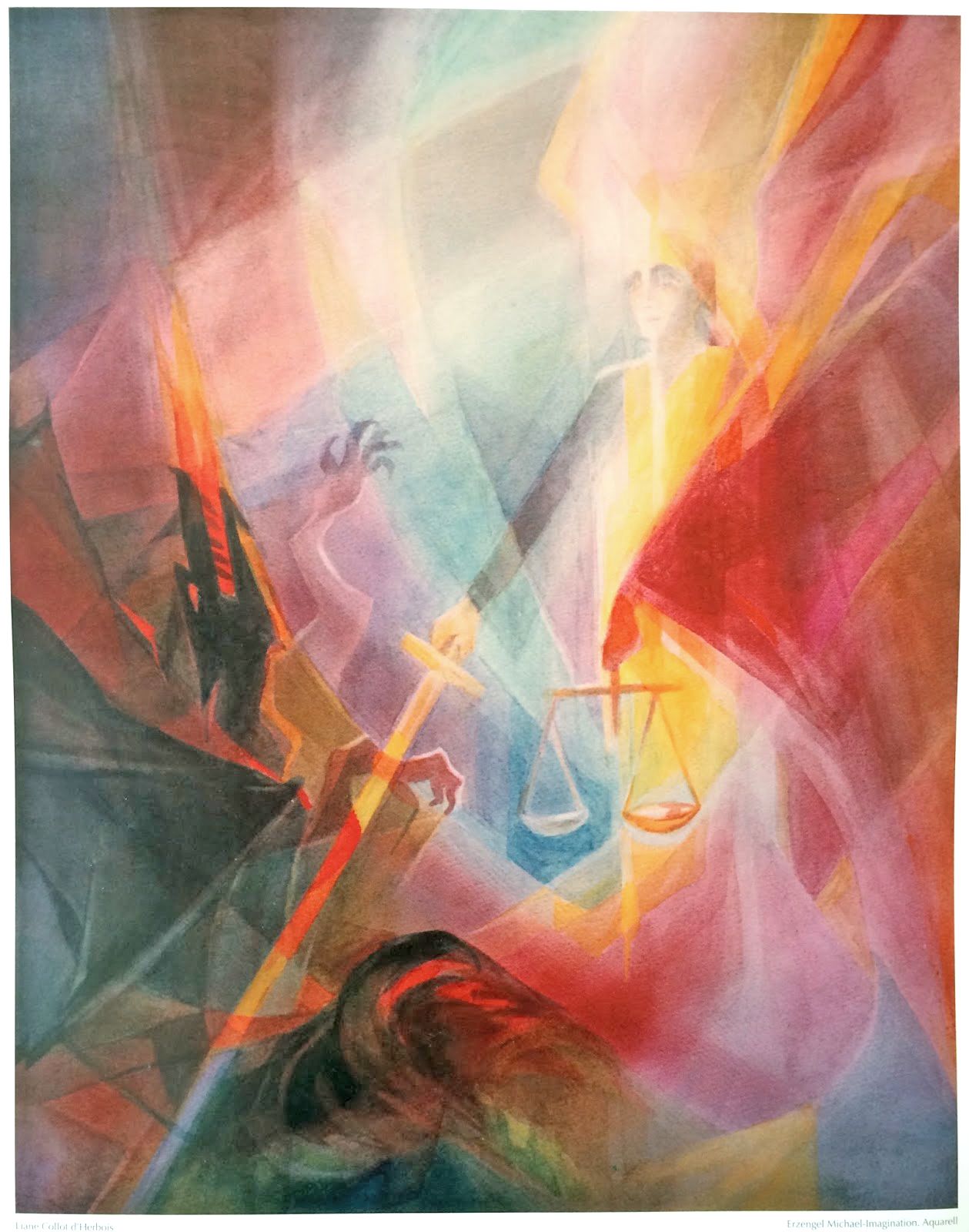
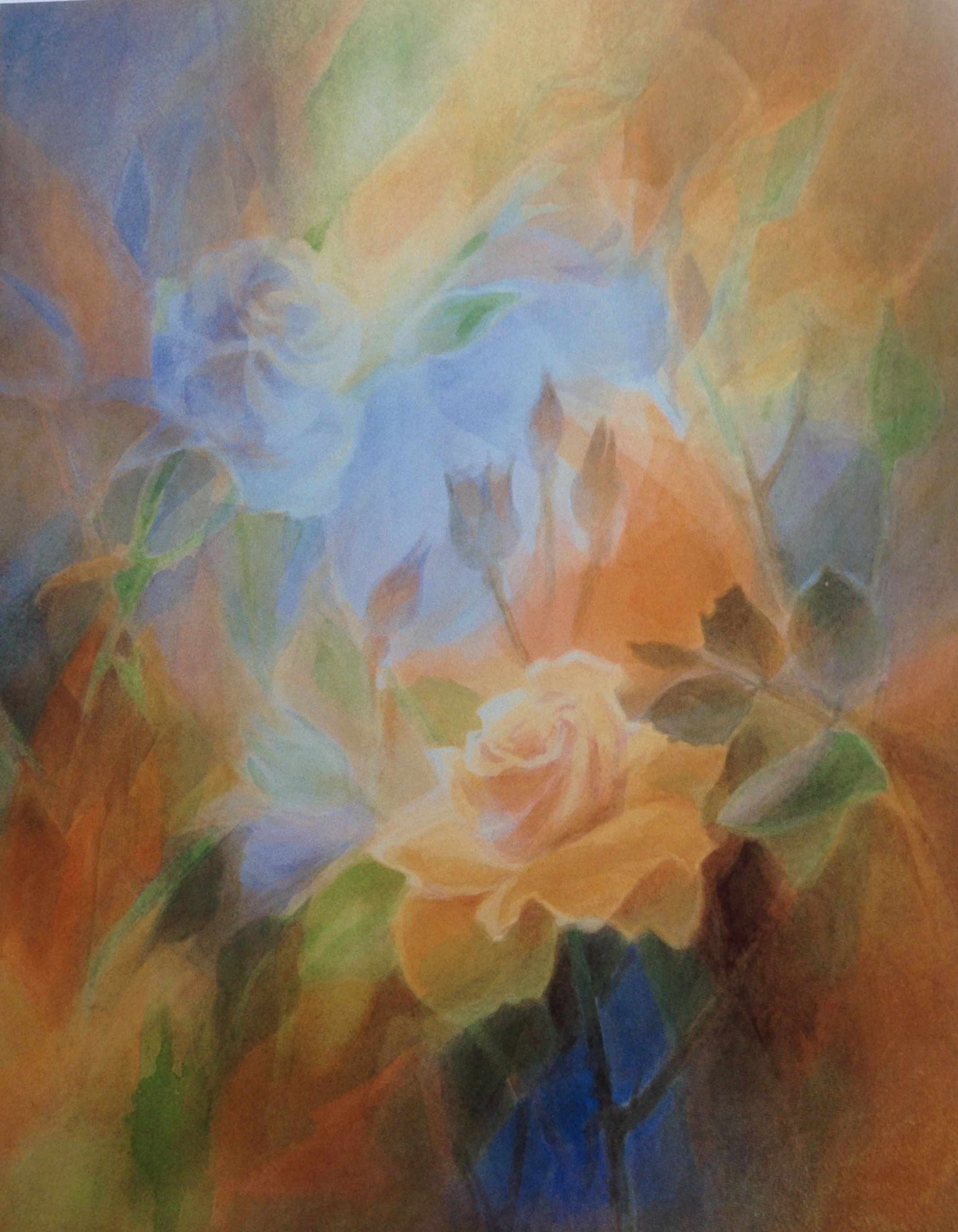
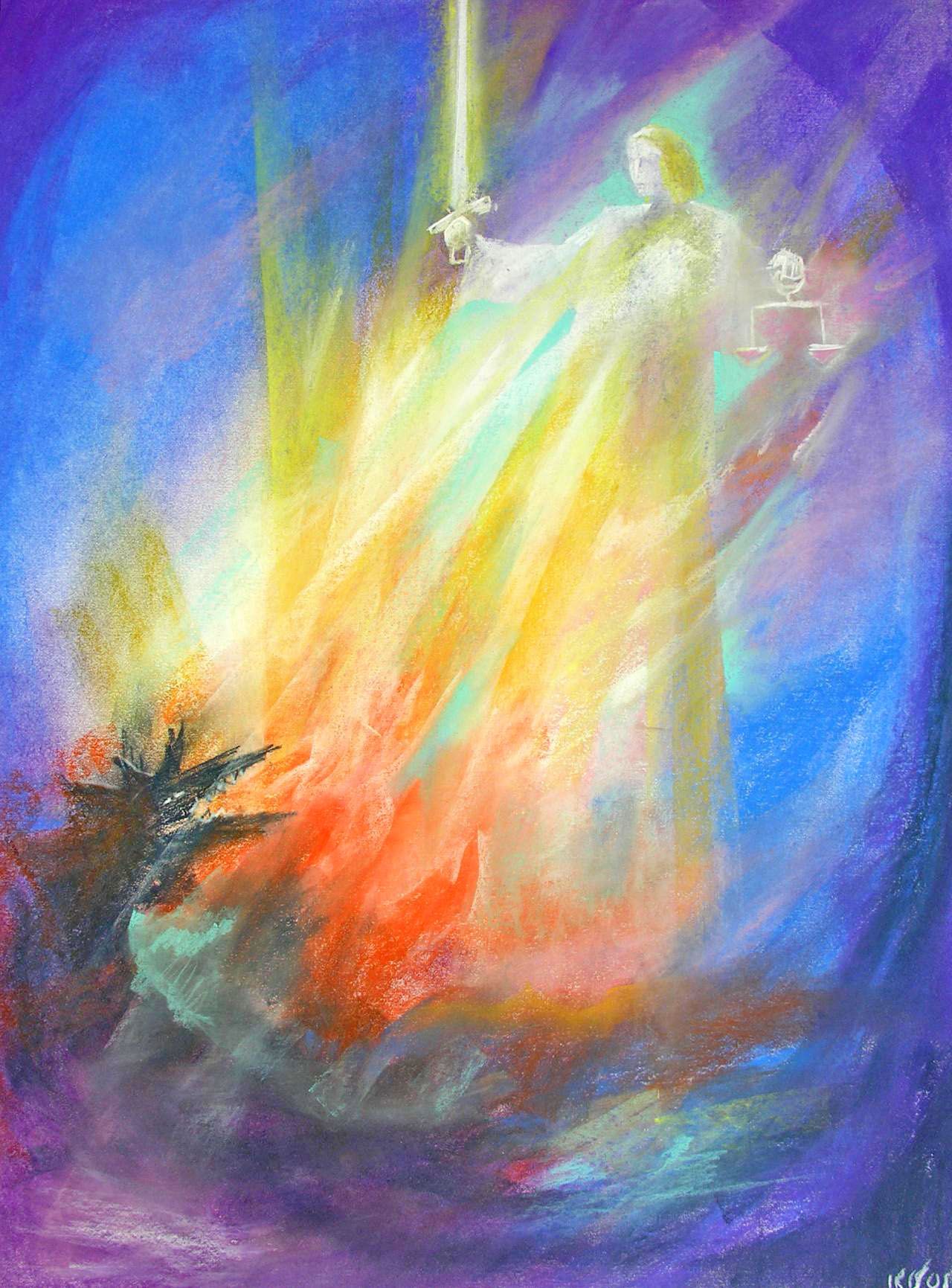


Herman Linde
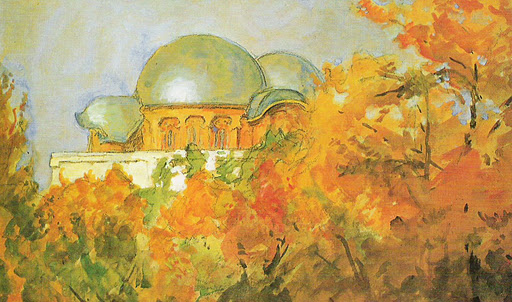

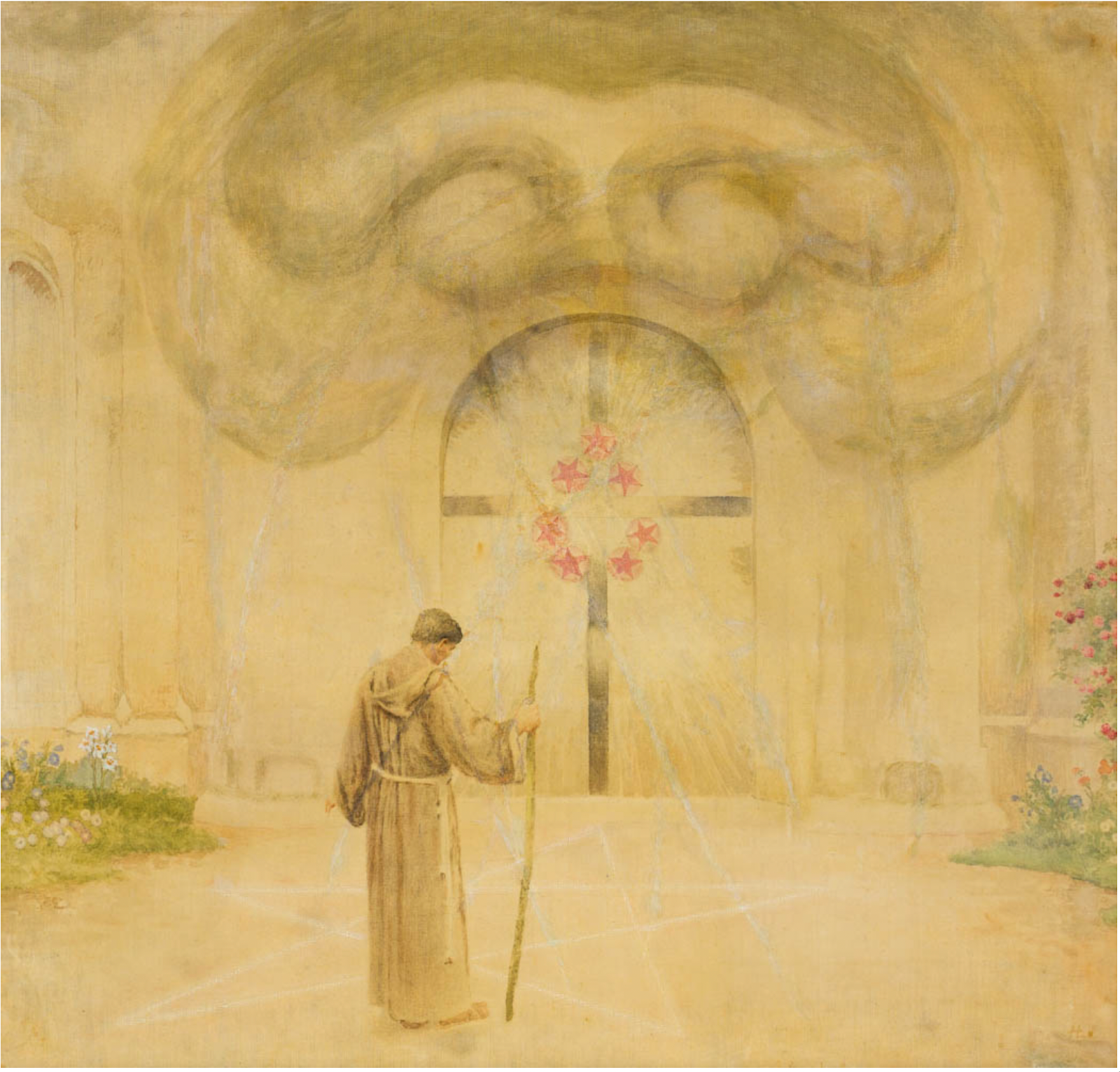
David Newbatt
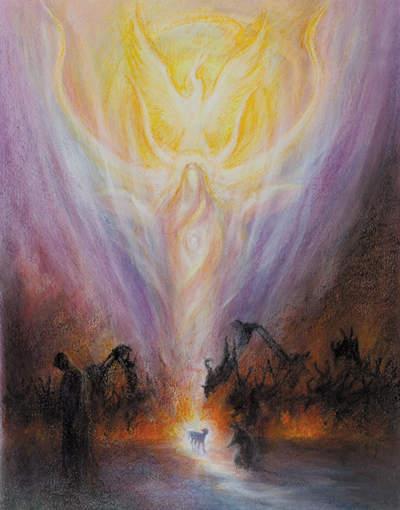

Rolland Tiller
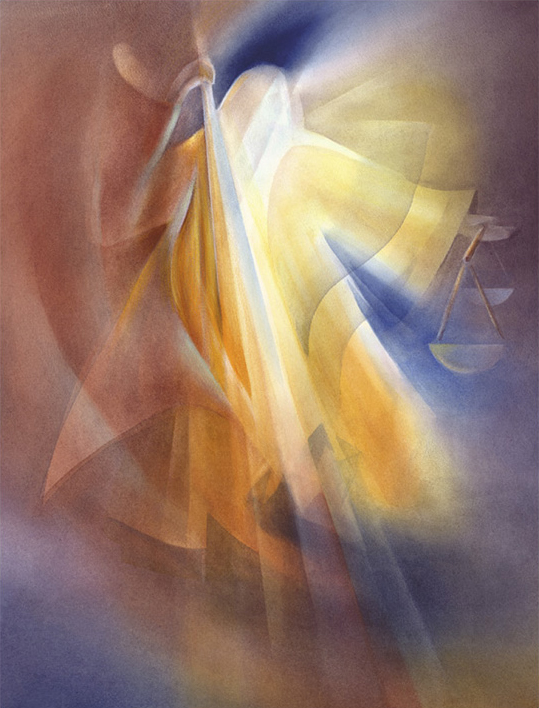
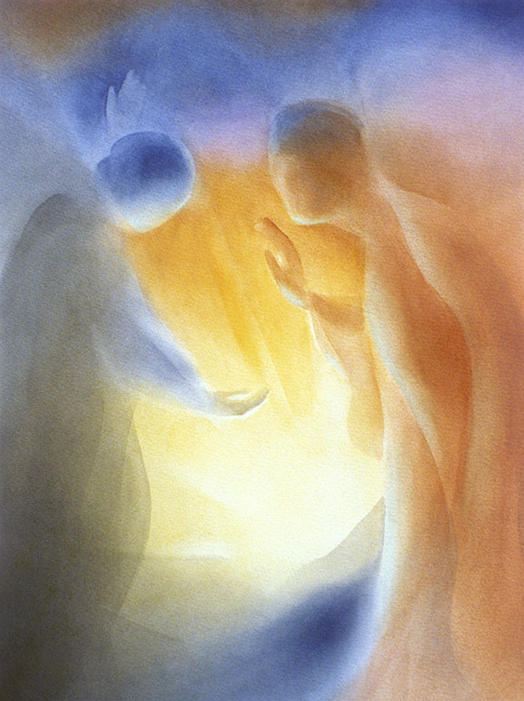
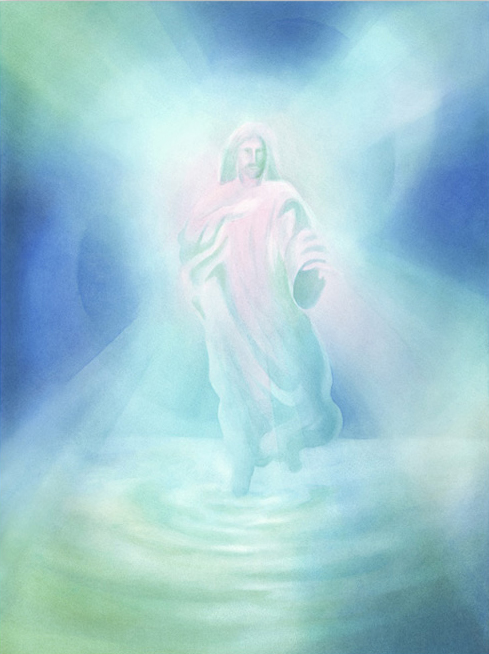
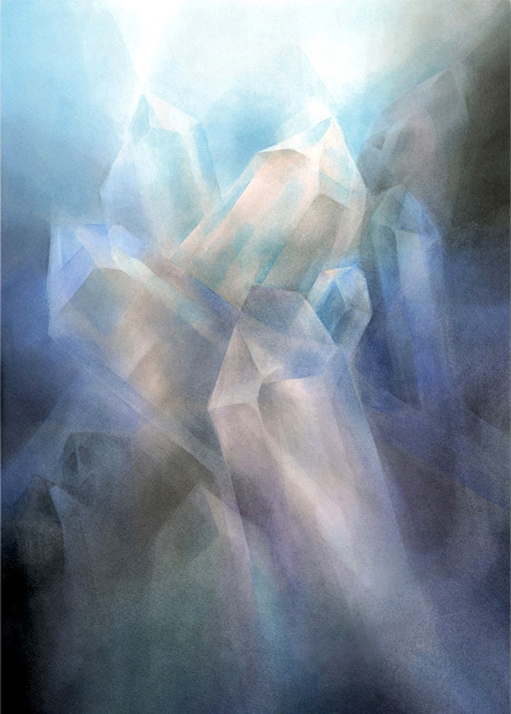
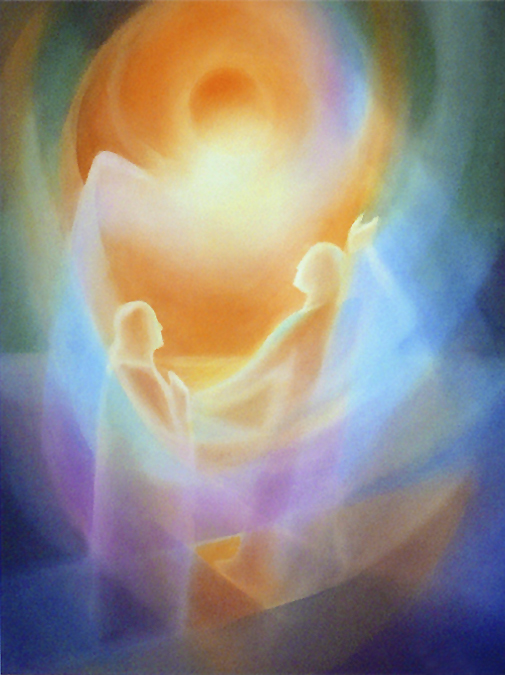
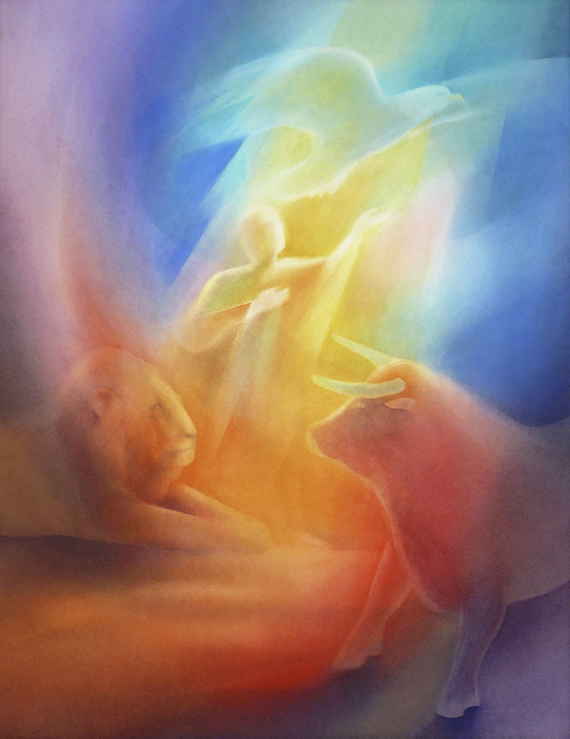


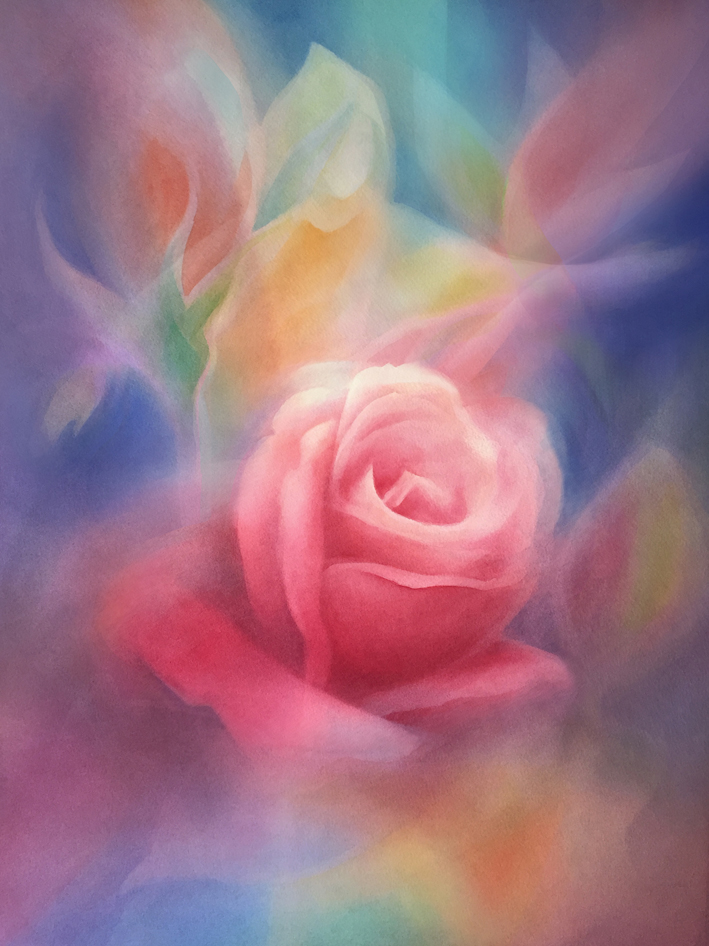
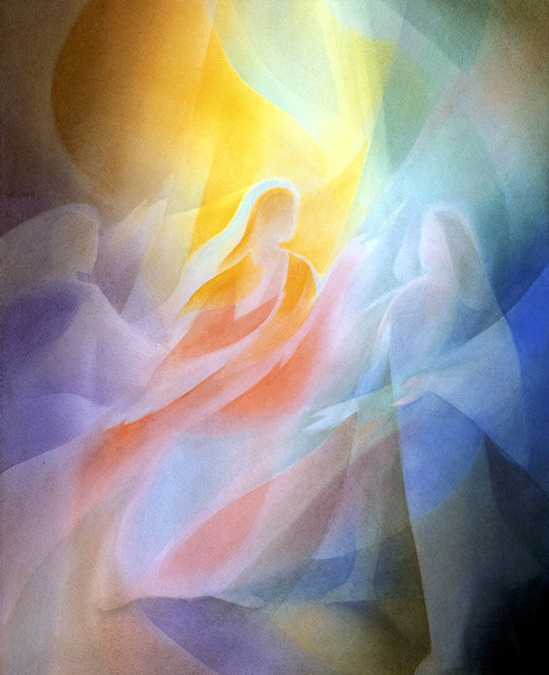
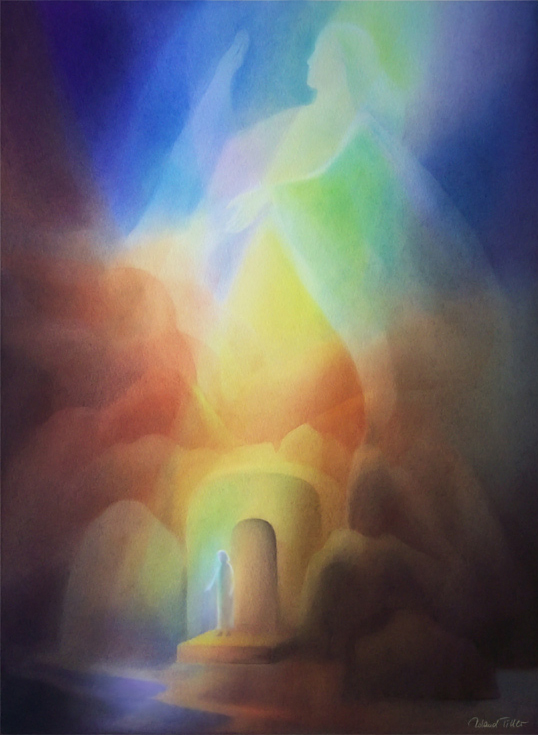
Misc. / Unknown
